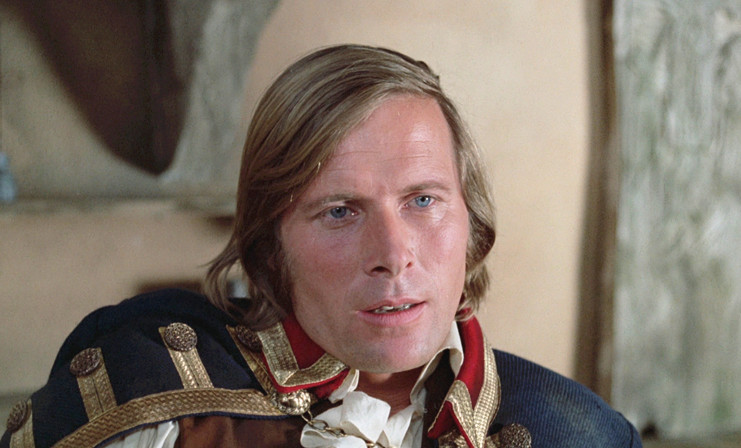
In 1998 Martin Scorsese compiled a list of his favourite guilty pleasures for Film Comment magazine. Included with them were a further hundred films, termed his “random pleasures”. These were grouped into fifty he considers “unguilty [but] something spoils them”, and fifty which on the whole are “not good” but still “worthwhile”.
Widely regarded as one of the world’s eminent cineastes, Scorsese’s idea of a guilty pleasure probably differs from that of most film fans. Informed by his experiences as a young moviegoer, they span a period of nearly four decades from 1936-74. The best known of them is probably Jason and the Argonauts. Some, like the original One Million B.C. or Ocean’s 11, may be of interest now purely because of their relationship to better known remakes. There are a large number of widescreen, religious spectaculars (The Bible: In the Beginning, Quo Vadis), which you may have caught bits of on television over the years. Others, such as Leave Her to Heaven, once cult favourites, are now held to be classics. Many could be considered guilty due to having dated badly (Rudyard Kipling’s Jungle Book, King Solomon’s Mines), even by the time Scorsese saw them. There are few examples of camp or anything ‘so bad it’s good’, except for hysterical B-movies like Invaders from Mars and Invasion, U.S.A.
Looking at these films, assembled alphabetically, a pattern soon emerges. Whilst many of them will appear slow or quaint now, nearly all of them could be classed, in one way or another, as epic, with a physicality and romantic sweep that is entirely unique to the big screen. Although not to everybody’s tastes, they represent a bygone era in cinema, one whose escapist charms are especially appealing at a time when cinemas themselves are increasingly under threat.
Here are ten of the most rewardingly obscure:
1. Black Magic (1949)
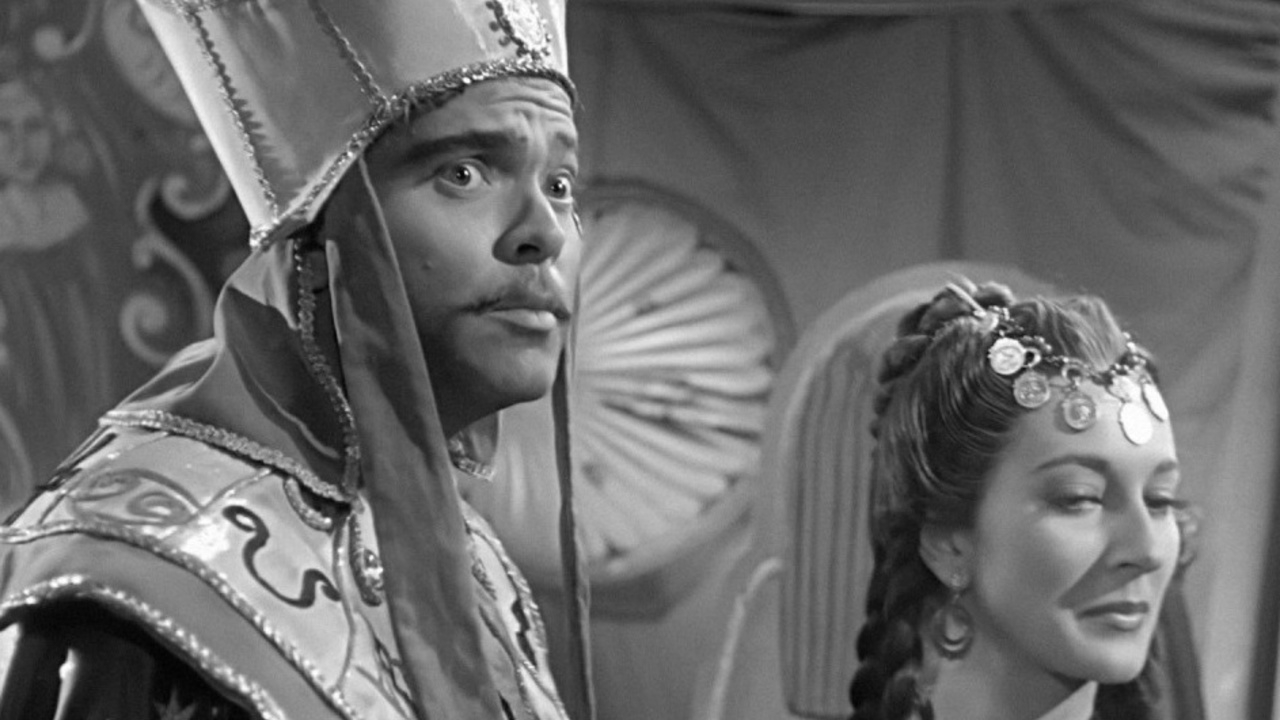
In the late 1940s, Orson Welles was travelling across Europe trying to raise funds for his adaptation of Othello (1952). During this period, he appeared in several films by other directors, two of which, both of them lavish, costumed romances, are given mentions in Scorsese’s list. Of these, Prince of Foxes (1949) may be the stronger film, but the other, Black Magic (1949), is certainly of greater interest to Welles fans.
Directed by Gregory Ratoff, Welles stars as Joseph Balsamo, the 18th century French occultist who became perhaps the world’s first celebrity psychic, under the stage name ‘Count Cagliostro’. The plot takes after an Alexandre Dumas novel, imagining Balsamo as a diabolical Machiavel embroiled in the French Revolution, similar to filmic depictions of Rasputin. But, as the story of a world-famous magician who becomes hypnotized by his own myths, only to become a victim of them, it is a fascinating collision of character and star persona. This is not entirely coincidental, as Welles reportedly rewrote the script.
Also starring Valentina Cortese and Akim Tamiroff, the film is an engrossing fable, thickly laden with expressionist atmosphere, and it is fun to imagine what it might have looked like if Welles had taken over the direction as well.
2. Captain Kronos: Vampire Hunter (1974)
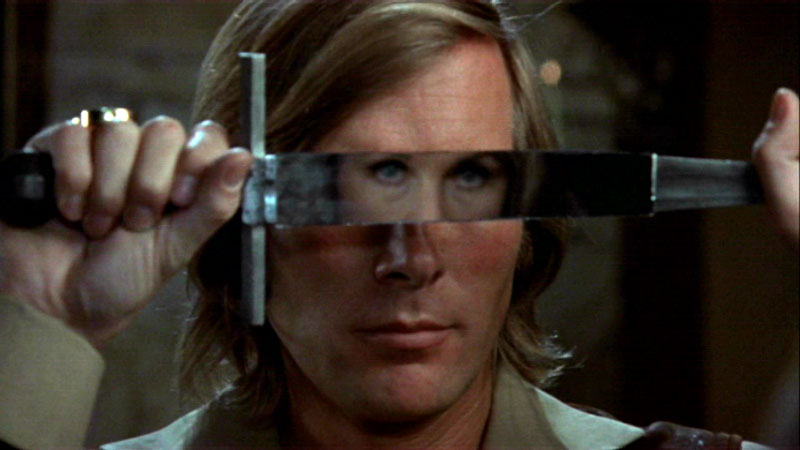
When Hammer Studios produced its first gothic horror, The Curse of Frankenstein, in 1957, for many young moviegoers it will have been one of the first times they saw a horror film in colour. Its gory visuals made a huge impact on Scorsese, as well as directors such as George Lucas and Joe Dante. A generation or two later, towards the end of its original cycle, Hammer was not always very good at innovating. One of their most confident experiments was Captain Kronos: Vampire Hunter (1974).
Set in the same, nondescriptly Germanic hinterland as their other gothic tales, the film stars a dubbed Horst Jansson as the enigmatic vampire hunter of the title, with genre legend Caroline Munro in one of her few un-dubbed roles of the time as his love interest. Hammer brought in Brian Clemens, former showrunner of The Avengers, to helm the project. Given his background in action-adventure storytelling, Clemens opted to take the studio’s familiar vampire romance in a swashbuckling direction.
The dynamic mixture of sword-and-sorcery, gore and sex makes it a forerunner to Italian dark fantasy movies of the following decade, whilst also preceding later vampire-action franchises such as Blade (1998-2004) and Underworld (2003-16).
3. Forever Amber (1947)
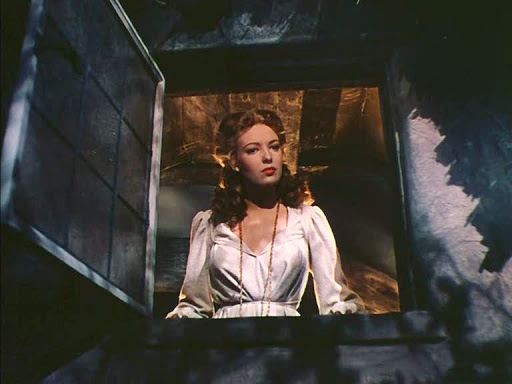
Hoping for a hit of similar magnitude to Gone with the Wind (1939), Twentieth Century Fox adapted Kathleen Winsor’s bestselling, period romance novel Forever Amber in 1947. Directed by Otto Preminger, it follows the beautiful Amber (Linda Darnell), a young woman in Restoration-era England, from her childhood as the adopted daughter of a puritan farmer to the sweetheart of a dashing privateer (Cornel Wilde), then the lover of a dashing highwayman, and finally a courtesan to the king.
This story of a loose woman was condemned by the Catholic Legion of Decency, and dismissed by critics as a garish melodrama, one that includes such ripely unsubtle episodes as the Black Plague and the Great Fire of London acting as spectacular backgrounds to Amber’s relationship problems. Viewed today, however, its soapy earnestness makes it irresistibly kitsch, where more recent equivalents like James Cameron’s Titanic (1997) or Michael Bay’s Pearl Harbour (2001), still look overblown. It is also a sumptuously colourful production with a uniformly strong cast, a highlight of which is George Sanders’ deliciously catty performance as Charles II.
4. The Insect Woman (1963)
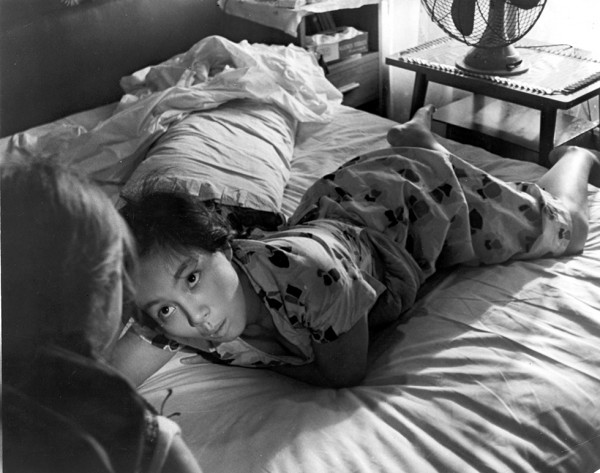
In recent years, Shohei Imamura’s The Insect Woman has become something of a cause celebre among contributors to lists of great ‘under-seen’ or ‘underrated’ gems (critic Mark Cousins has called it his favourite film). Released in 1963, it is a slice-of-life drama tracing the impact of modern social change upon one lower-class woman from her birth in 1918 to the present day.
Originally titled ‘The Entomological Chronicles of Japan’, it opens with documentary footage of a beetle’s Sisyphean struggle to climb a mound of dirt. We are then introduced to Tome Matsuki (Sachiko Hidari), and her seemingly unending struggle against poverty. After having an illegitimate daughter, she leaves her impoverished rural existence for Tokyo, becoming first a labour organiser, then the madame of a brothel, only to be continuously left where she began by financial precarity and an abusive or indifferent patriarchy. Imamura, one of the most political filmmakers of Japan’s New Wave, avoids sentimentality in his portrait of Tome, who is always shown to be a relatable human being rather than a martyr. From its macro opening to the final freeze-fame, the film is littered with unforgettable images, shot in abrasive, high-contrast monochrome.
One of Scorsese’s few non-English language picks, this easily stands out as the most grittily naturalistic, and possibly the best.
5. The Last Valley (1971)
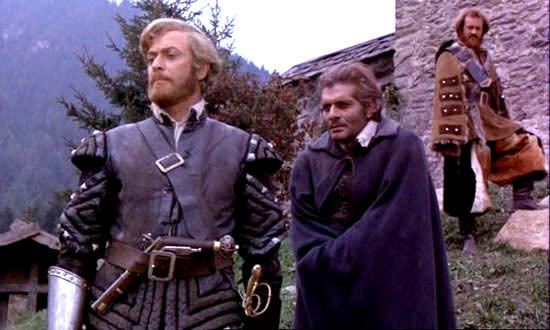
Following his smash-hit To Sir, with Love (1967), James Clavell wrote and directed The Last Valley (1971), an historical drama set against a grim backdrop of the Thirty Years War. Michael Caine plays the mysterious ‘Captain’, a cynical German officer whose ragtag group of mercenaries take possession of a village, nestled in a beautiful valley that has managed to remain untouched by the carnage. This apparent Eden becomes the arena for a series of increasingly violent religious conflicts between the characters, a microcosm for the war raging just out of sight. Attempting to mediate these disputes is the idealistic Vogel, played by Omar Sharif, an itinerant scholar determined to save the village, if not the world.
Clavell had previously acted as a writer for The Great Escape (1963) and King Rat (1965), prisoner-of-war adventures with which this story has much in common. Although the writing is pretentious at times, its sheer ambitiousness make it more than worthwhile, whilst Caine’s German accent is perhaps the best he ever attempted. It also represents the end of Hollywood’s late-period under the studio system, an era marked by spectacular epics. With this film’s combination of picturesque Austrian locations and graphic battle scenes, it can be viewed almost as an acerbic riposte to that era’s most successful epic, The Sound of Music (1965).